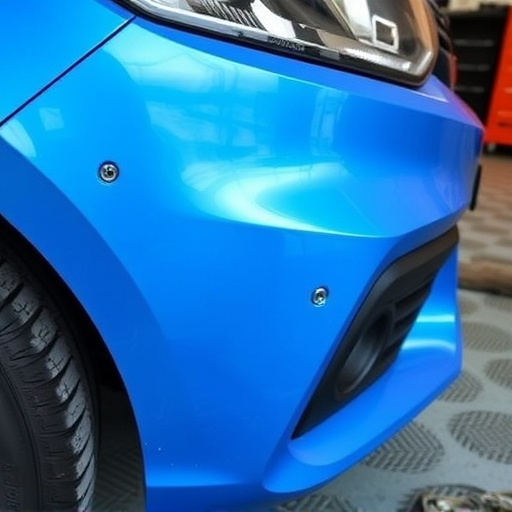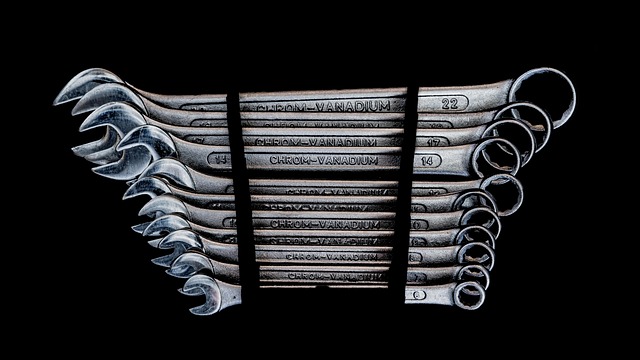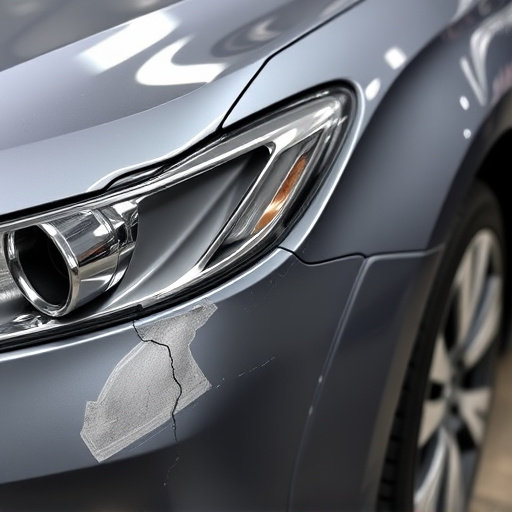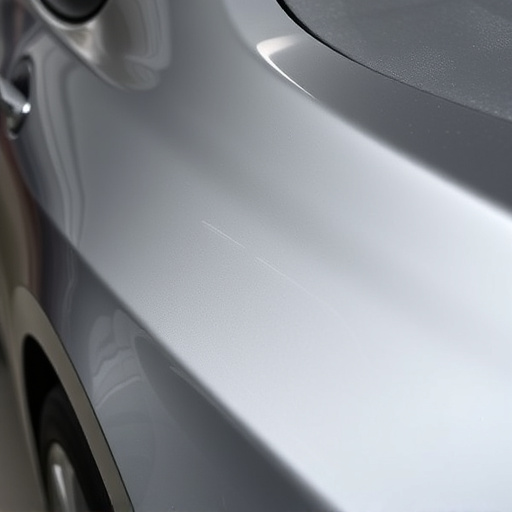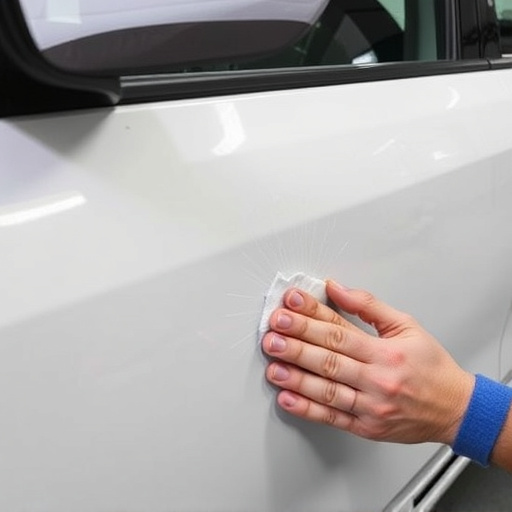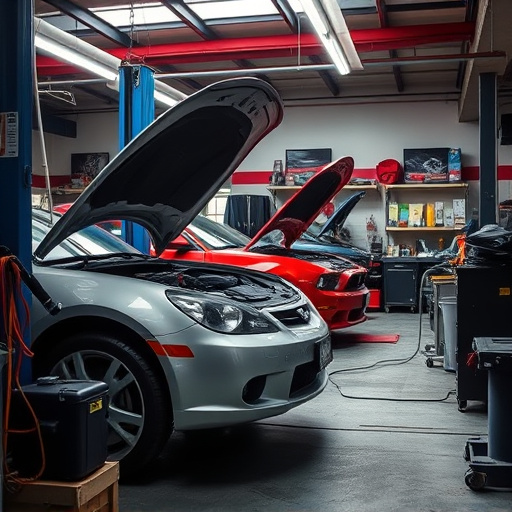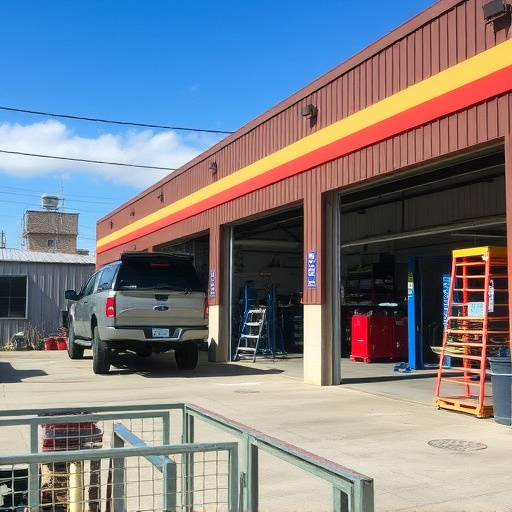Tesla collision diagnostics leverage advanced technology to revolutionize accident analysis, integrating seamlessly with vehicle architecture to capture critical data post-crash. By evaluating sensor readings, impact patterns, and software/hardware interactions, these diagnostics enable accurate repairs from tire services to auto glass replacement while preserving structural integrity and safety features like airbags and Autopilot capabilities through comprehensive assessments of bodywork, suspension, frames, and ADAS components.
In today’s digital age, Tesla collision diagnostics have become an indispensable tool for accurate post-accident assessments. These advanced systems unlock vital information about vehicle damage, enabling efficient and safe repairs. Understanding how Tesla’s tech works is crucial for ensuring every component is evaluated correctly. From sensor data to sophisticated algorithms, these diagnostics foster safety and prevent costly mistakes, making them a game-changer in the automotive repair landscape.
- Understanding Tesla Collision Diagnostics: Unlocking Vital Information
- The Role of Advanced Technology in Accurate Assessment
- Ensuring Safety and Effective Repairs: Why It Matters
Understanding Tesla Collision Diagnostics: Unlocking Vital Information
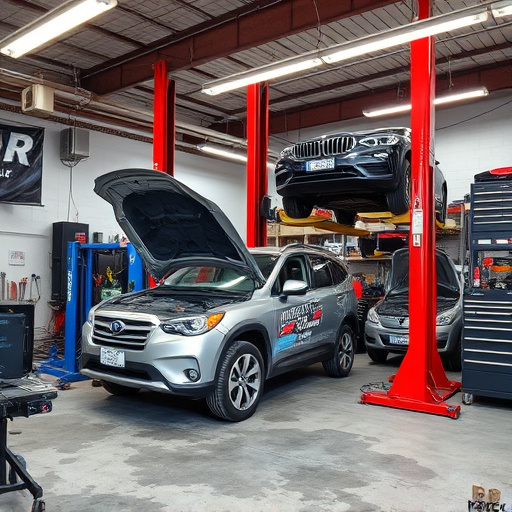
Tesla collision diagnostics play a pivotal role in unraveling the intricate details of an accident. These advanced systems are designed to capture and analyze critical data moments after a collision, providing invaluable insights that traditional methods might miss. By seamlessly integrating with Tesla’s sophisticated vehicle architecture, these diagnostics unlock a treasure trove of information, including sensor readings, impact patterns, and even vehicle performance metrics.
This process goes beyond merely assessing physical damage; it involves deciphering the complex interplay between sensors, software, and hardware. For instance, understanding how a Tesla’s Autopilot system responded during an accident can reveal crucial decisions made by the vehicle moments before impact. Similarly, tire services, auto glass replacement, and other repair aspects are more effectively addressed when backed by comprehensive collision diagnostic data, ensuring that every component is assessed accurately and safely.
The Role of Advanced Technology in Accurate Assessment

In today’s digital era, advanced technology plays a pivotal role in ensuring accurate assessments during Tesla collision diagnostics. Unlike traditional methods, modern diagnostic tools offer an in-depth analysis of a vehicle’s intricate systems, going beyond mere visual inspections. These technologies employ sophisticated algorithms and sensors to detect even subtle abnormalities, be it in the electrical network or complex mechanical components. By integrating cutting-edge software with hardware, professionals can swiftly identify issues that might otherwise go unnoticed, ensuring comprehensive and precise evaluations.
This technological edge is particularly beneficial when addressing car body repair or vehicle dent repair scenarios. Advanced diagnostic capabilities enable technicians to pinpoint exact locations of damage, which in turn facilitates targeted repairs, including expert vehicle paint repair processes. As a result, not only are vehicles restored to their pre-accident condition but also the longevity and structural integrity of the automobile are preserved, leaving no room for compromising on quality or safety standards.
Ensuring Safety and Effective Repairs: Why It Matters
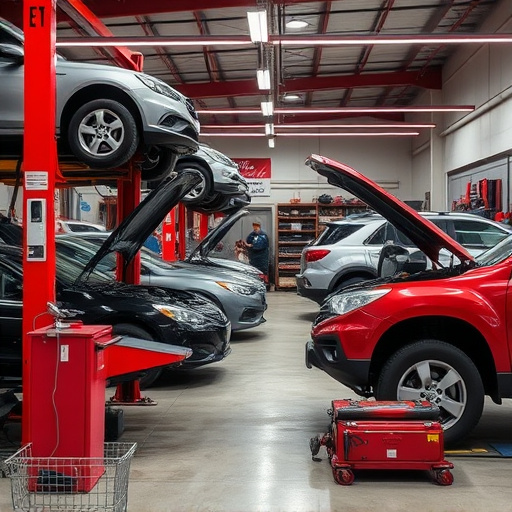
After a collision, ensuring safety and effective repairs is paramount. Tesla collision diagnostics play a pivotal role in this process by meticulously evaluating the vehicle’s systems and structure. These advanced diagnostic tools go beyond mere visual inspections, delving into the vehicle’s electronic systems, sensor data, and structural integrity. By accurately assessing damage to components like the vehicle bodywork, suspension, and frames, technicians can provide precise repairs tailored to each incident.
Moreover, Tesla collision diagnostics help prevent potential safety hazards by identifying issues that might not be immediately apparent. This includes subtle damage to sensors or control modules critical for advanced driver-assistance systems (ADAS). Correctly addressing these concerns ensures the car’s safety features function optimally after repairs, such as accurate deployment of airbags and reliable performance of autonomous driving capabilities, including car paint repair and car dent repair.
Tesla collision diagnostics play a pivotal role in ensuring safety, accurate assessments, and effective repairs after accidents. By leveraging advanced technology, these diagnostic tools unlock vital information that helps professionals make informed decisions. This not only enhances the overall repair quality but also safeguards the vehicle’s structural integrity and performance. For Tesla owners, understanding the importance of these diagnostics is crucial for restoring their vehicles to pre-accident condition promptly and securely.
